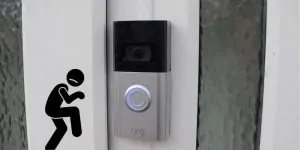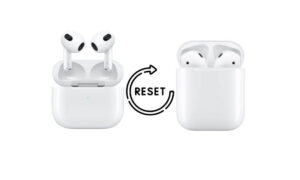Today, almost every home and apartment is equipped with some kind of smart gadget. Voice-controlled speakers, Smart TVs, baby monitors, security cameras, thermostats, and doorbells are among the devices that require a fast, dependable Wi-Fi connection.
Not to mention the slew of cellphones and PCs all vying for a piece of your Wi-Fi connection. Without question, smart home devices make our lives easier, but can having too many smart devices slow down or disrupt your Wi-Fi connection?
Nowadays, almost all smart home gadgets demand a stable Wi-Fi connection. From laptops and smart speakers to thermostats and smart lights, virtually everything can connect to the internet somehow. All of these gadgets in your house share your Wi-Fi bandwidth, and each device on your network consumes a percentage of it.
Our connected smart homes could be compared to motorway traffic. Cars move at a slower speed than usual during rush hour when there is considerable traffic. The same is true for your internet connection. Congestion occurs when everyone in your house connects to the internet at the same time. Add in some lane closures – such as older devices executing updates or backups – and your performance is reduced even further.
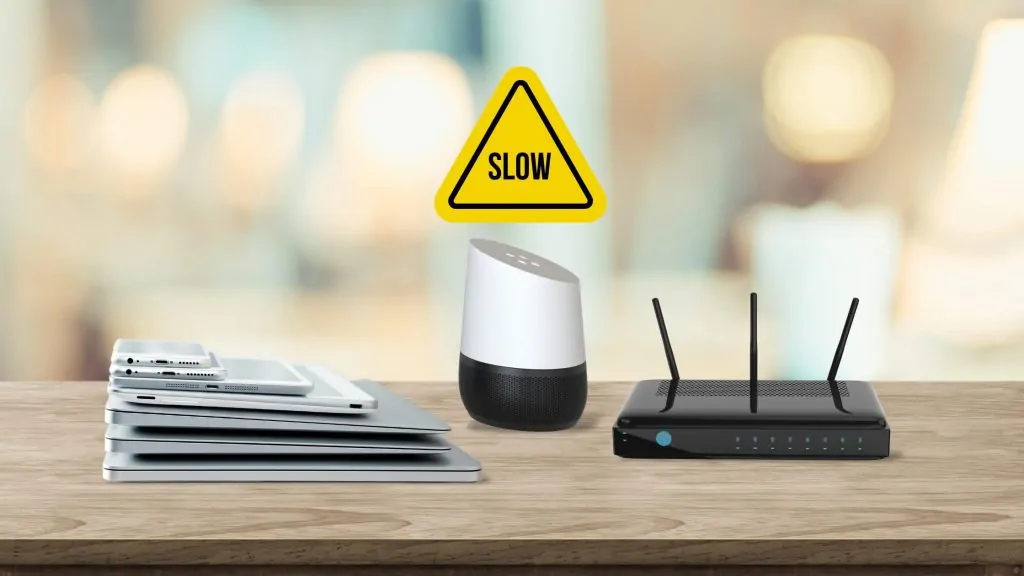
Can Too Many Smart Devices Slow Down Wi-Fi?
Smart devices are quickly populating our homes and apartments, each of which communicates to your internet network through Wi-Fi or a wired connection. Some of these devices (such as video security cameras, 4K televisions, and smart doorbells) may require a significant amount of bandwidth.
Many smart home devices, in general, are not bandwidth-hungry and only require connectivity occasionally. These devices rely on data packets that are sent over the internet intermittently.
This will not crash your Wi-Fi or router, but it will have an impact on connectivity and network reliability. Video-capable gadgets that broadcast video across your network are the devices that could potentially hog up your bandwidth.
Smart devices with video capabilities, such as smart video-capable doorbells and security cameras consume a lot of data and can slow down internet speeds and bandwidth. It’s not uncommon for your Wi-Fi connection to encounter buffering and latency if you’re remotely monitoring your video-based devices throughout the day. This involves video streaming across your network at a high quality (e.g., 1080p or 720p or higher), and the performance is dependent mainly on your home internet speed.

Device age matters
Your smart home network’s strength is only as good as its weakest connection. It is common for outdated network devices to slow things down for everyone else. Older PCs, laptops, and mobile devices with slower CPUs may cause your connection to be sluggish.
With technology continuously changing and updating on a daily basis, we recommend replacing your hardware every few years. Another alternative is to examine the gadgets in your home and remove that old computer or old device from your Wi-Fi network, only signing on when you are actively using it.
Alternative connection methods
Some smart-home products, such as Philips Hue smart lights, allow you to connect through Bluetooth or a dedicated smart hub. Bluetooth is slower and, in some ways, less reliable than Wi-Fi. Wi-Fi may appear to be the most straightforward option because many people use it regularly, but a dedicated smart hub can help decrease congestion and provide better stability. The downside is that they require electricity and an open Ethernet connection on your router to connect to.
How to account for your Wi-Fi network bandwidth?

Your home network speed depends on two things:
- How do you plan to use the internet
- How many people and devices are connected to your internet
This internet speed suggestion calculator can provide you with an internet speed recommendation based on how you use the internet by completing a few easy questions to give you a general idea of the speed you will require for your online activity at home.
Our recommendation would be:
- If your smart home doesn’t have any video-based devices – add just 5 Mbps for every 10 smart devices.
- If your smart home does have video-based devices (eg. security cameras, smart doorbell cameras, etc) – add 10 Mbps
Which Smart Devices Use the Most Bandwidth? Identifying the Culprit.
Smart TVs are notorious for using a large amount of bandwidth, depending on the number of TVs you have and if they are continuously streaming (eg. Netflix, Hulu, Live tv, etc). The primary area of concern is the resolution at which you are streaming. The greater the resolution, the more bandwidth is consumed.
It’s not uncommon for your speeds to drop in the evenings when everyone in your family is watching Netflix at the same time. Because there are more users online, everyone is more likely to encounter sluggish speeds. It is critical to know the number of people and devices using your network to solve bandwidth difficulties.
Does Upload Speed Matter For Smart Home Devices?
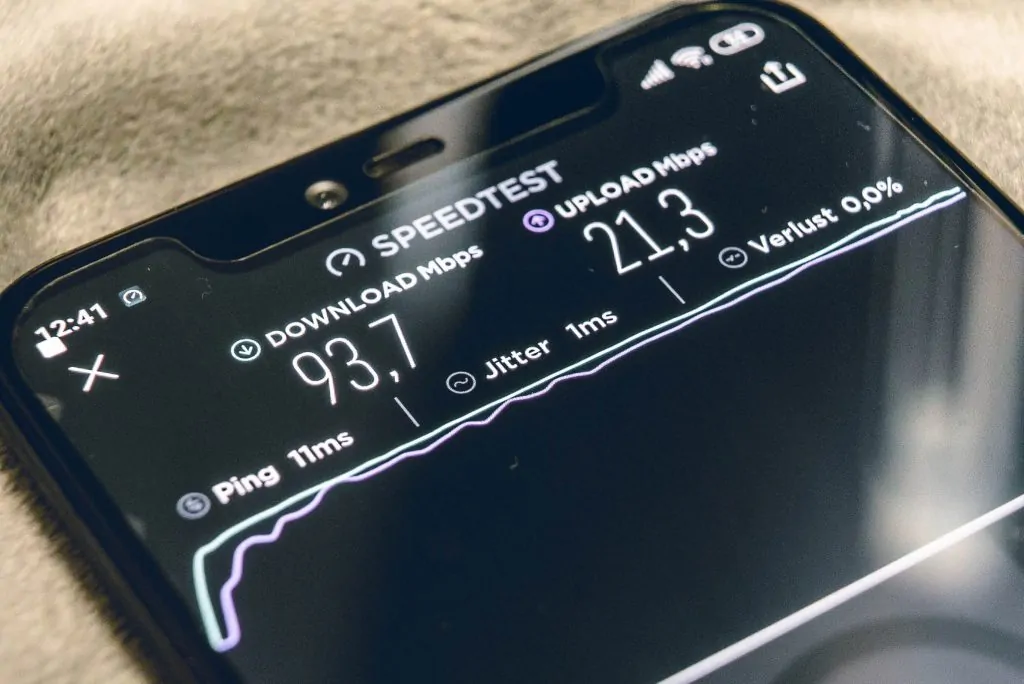
Upload speed demands from smart home devices are minimal. Unless your smart home devices are video-based devices that continuously upload or stream to the internet, this should not be of serious concern.
How Many Devices Can You Connect To Your Wi-Fi?
Generally a typical modern router can accommodate up to 250 devices, which is a lot, especially for a home network. This metric is misleading and should not be used as a decisive factor for determining if too many smart gadgets are slowing down your Wi-Fi connection because network performance is defined by your available bandwidth and how your devices utilize it. This number may also differ depending on the router manufacturer.
The speed rating of your router will tell you the maximum number of devices that one router can support. For example, if your home Wi-Fi router is rated at 300 Mbps and you have 50 devices connected, your network will only provide an average of 6 Mbps to each device. If you’re unsure what your router can support, do a web search for the router model number.
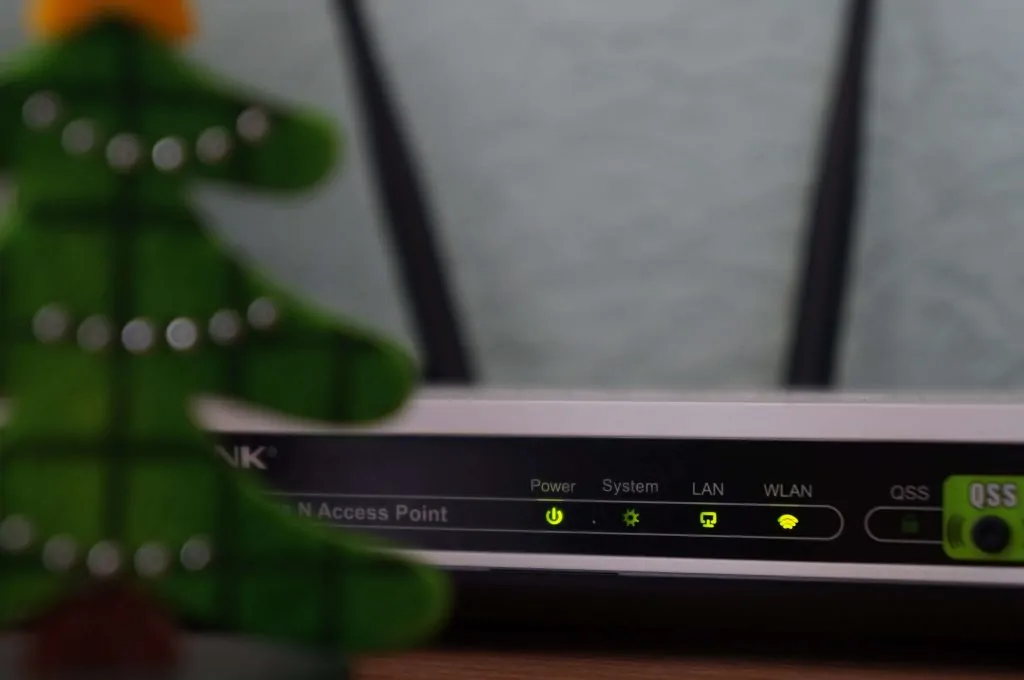
A second router on your network or fixing a second access point might help you divide the load of your network to maximize the potential of your Wi-Fi network. If you already have one or more routers that can support many devices, it is recommended that you boost the bandwidth by changing your internet subscription with your ISP.
If you’re looking to send a lot of data to many devices using an older Wi-Fi router, it is recommended to look into a mesh network system. A mesh network is essentially a system of numerous Wi-Fi access points that work together to provide a robust wireless connection to every area of your home. Unlike standalone routers, which lose signal as you walk away from them, mesh stations use one another to provide a continuous wireless network throughout your home. By connecting all of these access points, you may increase the amount of traffic that your bandwidth can handle.
Do Smart Home Devices Slow Down WiFi Summary
Depending on the type of smart device capability, the number of devices connected to your Wi-Fi network might affect network speed and performance. Most smart devices in your house do not require a large amount of bandwidth to function well. Still, your performance may suffer if you introduce plenty of new devices into your ecosystem, particularly video-capable smart gadgets.
If you are just beginning your smart home adventure with a few smart devices and are concerned about the performance of your Wi-Fi network, you should not be too worried because a few devices will have little to no influence on your Wi-Fi speed and connectivity.
If you have many smart home gadgets and your existing system isn’t performing well, you should think about some easy changes. Check the age of your smart home ecosystem’s linked devices; we suggest updating your hardware every few years.
Adjust your settings for bandwidth conservation by configuring your devices to transmit video streams or TV shows in 720p or below. This helps to reduce the amount of bandwidth consumed by video-capable devices such as smart televisions, video doorbells, smart cameras, and so on.
As a last option, a new or more powerful router, Wi-Fi extenders, or increasing your internet package might solve your speed problems and prevent them from recurring in the future.


